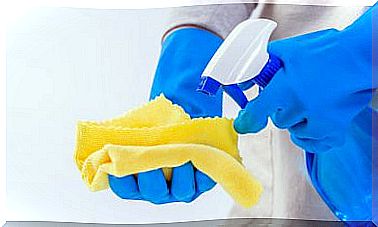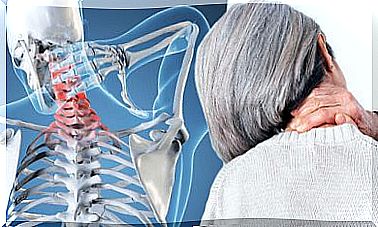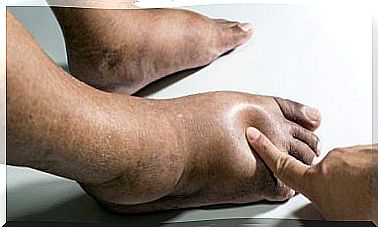Achalasia: Diagnosis And Treatments
Achalasia is a rare disorder that involves the inability to swallow solid or liquid food. How can this disease be diagnosed and treated?

Achalasia is a rare disorder that can occur at any age and is characterized by the inability of the esophagus to contract and push food into the stomach. This, without a doubt, is a problem. Especially because, despite the research that has been carried out on this disease, the specific causes for which it appears have not yet been found.
What has been discovered is that it manifests itself in both men and women and that it does not matter whether there is a similar case in the family or not.
Symptoms of achalasia
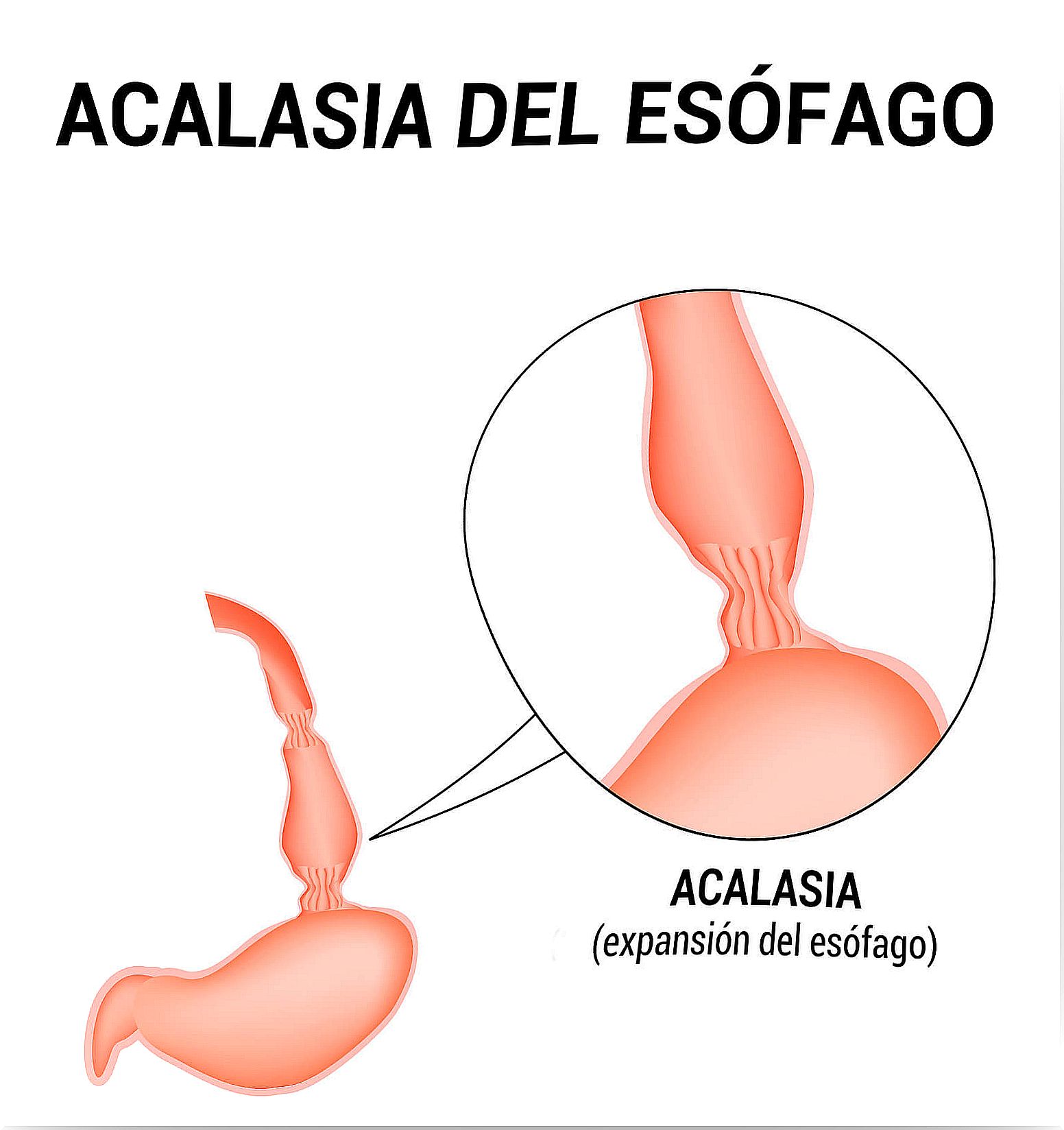
For the doctor to make a correct diagnosis of this disease called achalasia , it is important to pay attention to the symptoms that characterize it.
- Dysphagia : difficulty swallowing both solid and soft foods, as well as the inability to ingest liquids. This is due to the contraction that occurs in the upper part of the esophagus.
- Chest pain : it is not very frequent but it can occur due to contractions that occur in the lower esophageal sphincter.
- Regurgitation of food : Some people with achalasia often regurgitate the food they digest due to the inability of it to pass through the esophagus.
- Weight loss : Difficulty digesting food causes progressive weight loss that can lead to anemia.
It is important to bear in mind that food or liquids that cannot pass through the esophagus and are not regurgitated can be sucked into the lungs. This can happen, especially if the person is asleep.
The consequences of this can range from a respiratory infection to aspiration pneumonia. For this reason, in the presence of dysphagia, you should see a doctor as soon as possible.
How is the diagnosis made?
Once a patient presents the aforementioned symptoms, to establish a correct diagnosis it is necessary to perform some specific tests. Among them are manometry and barium esophagram.
Manometry
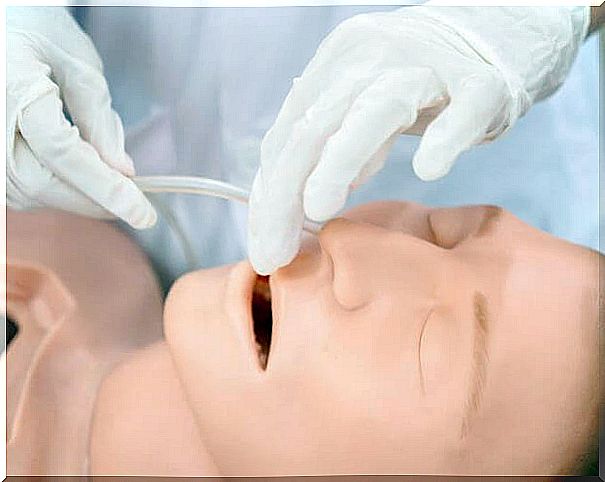
Manometry is performed using a thin tube that is inserted through the nose until it reaches the esophagus and stomach. To do this, local anesthesia is applied to the patient.
Once the probe is in the stomach, it rises slightly to the esophagus and the patient is asked to swallow, thus measuring the pressure of the contractions.
Barium esophagogram
The barium esophagram is used as another way to diagnose achalasia. It is a simple test in which the patient must drink a barium liquid before entering the consultation.
Once in it, you will stand with your back against the X-ray table. Your doctor will ask you to drink more fluids and sometimes instruct you to briefly hold your breath.
Achalasia treatments
Treatments for achalasia will depend on its severity and the characteristics of the patient (advanced age, respiratory tract infection, etc.). Some treatment options are as follows:
- Balloon dilation : A balloon is inserted into the esophageal sphincter and inflated to keep the esophagus open and enlarged. Normally, this treatment requires repeating every so often.
- Botox : is a muscle relaxant that is injected through an endoscope into the esophageal sphincter. It is usually used in people who are elderly and cannot have surgery.
- Muscle relaxants : there is the option of prescribing drugs that work as muscle relaxants before eating. The problem with this treatment is that its side effects are significant.
- Surgery : it is the best option, especially for young patients, to provide an effective solution to this problem whose causes are unknown.

If you have any problem swallowing food or even water, it is necessary to see a doctor. Although on many occasions we can confuse it with anxiety symptoms, for example with the hysterical bolus, it is always better to get out of doubt by receiving a proper diagnosis.
This will allow us to start a treatment that is effective for our case and avoid major problems due to the aspiration of food or liquids such as those we have already seen.
Currently, research continues to determine what may be the causes of achalasia. We hope that in a few years, not many, this will help us to prevent this disorder.

